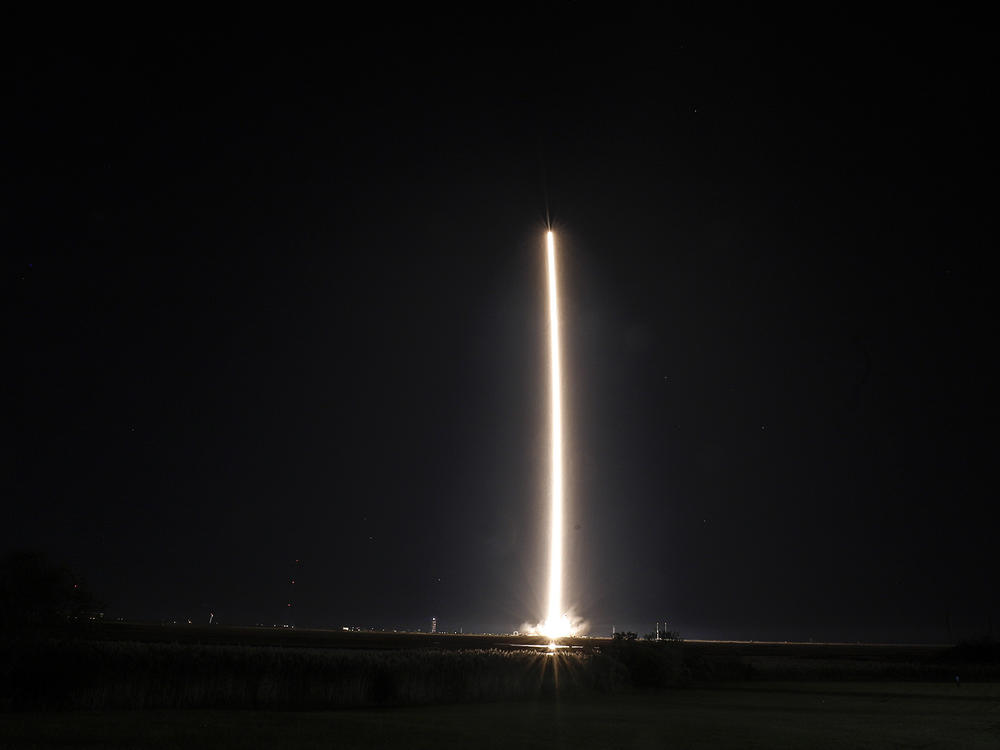Section Branding
Header Content
Influencers In Space: Astronauts Prepare To Receive Cosmetics And A New Toilet
Primary Content
Hygiene and self care are vital — even in zero gravity. Which is why astronauts on the International Space Station are preparing for a fun delivery: a skincare serum from the cosmetics maker Estée Lauder, as well as a new and improved toilet.
Astronauts won't actually be using the brand's Advanced Night Repair Synchronized Multi-Recovery Complex, says Robyn Gatens, the acting director of the International Space Station. Instead, the plan is for them to take photos and video in space of the $105 per bottle serum that the company will then be able to use for advertisements across its social media channels. According to ABC News, it will cost Estée Lauder $17,500 per hour.
Estée Lauder will auction off at least one of the 10 bottles they're flying into space for charity, Gatens said in an interview with NPR's Weekend Edition Sunday.
Even if the astronauts wanted to record themselves using the product — a la the Get Ready With Me videos that many an influencer has posted to YouTube to show off their beauty routines — they wouldn't be able to. As government employees, they're restricted from participating in sponsoring products.
That doesn't mean they're strangers to commercial and marketing activities — something NASA has set aside 90 hours of crew time for. In 2019, for example, DoubleTree by Hilton sent their chocolate chip cookies up to the Space Station to be the first food baked in space.
Gatens said NASA is hoping this kind of commercial activity will "open up business opportunities for companies that may never have thought about doing activities in space."
Eventually, the International Space Station will have to be retired, and NASA hopes to use a prospective private space station in the future as a base in lower Earth orbit.
"We will be a customer, but we need other customers to be able to purchase services on those commercial platforms other than NASA to support their operation," she said. "Through the Space Station today we're enabling activities such as this to allow companies to try out performing commercial activities on the Space Station and see if there are businesses that can be enabled."
One thing NASA won't be returning, though, are two new toilets. Gatens said the toilets — which cost $23 million together — have special hardware designed to work in microgravity. One will be flown in the Orion spacecraft for the Artemis 2 mission, and the other is heading to the International Space Station.
"It's very different from a toilet you would go buy at Home Depot and install in your home," Gatens said, adding that it's significantly smaller and lighter than what astronauts are used to in space.
"It also uses fewer wipes and what we call consumables, things that we have to replenish. It is more ergonomic, and works better for the females."
Copyright 2020 NPR. To see more, visit https://www.npr.org.

